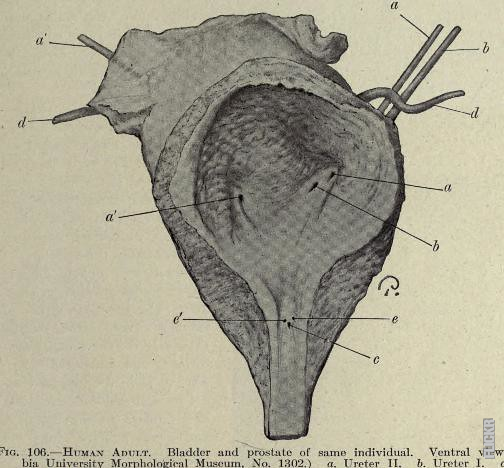The Silent Intruder
Imagine a hidden predator that infiltrates the human body without a trace, silently wreaking havoc on its victim’s health. This stealthy invader is syphilis, a sexually transmitted infection caused by the bacterium Treponema pallidum. With its ability to disguise itself and mimic various diseases, diagnosing syphilis can be a challenging puzzle for medical professionals.
Unveiling the Symptoms
Syphilis is notorious for its elusive nature, often presenting with symptoms that mimic other illnesses. In its early stages, infected individuals may experience small painless sores called chancres, which can go unnoticed. As the infection progresses, flu-like symptoms such as fever, fatigue, and body aches may appear. However, these symptoms can be easily overlooked or mistaken for other common ailments.
A Journey into the Laboratory
When it comes to diagnosing syphilis, medical detectives rely on a combination of clinical observations and laboratory tests. The first step is a thorough medical history and physical examination, where doctors look for any telltale signs of the disease. Blood tests are then performed to detect the presence of antibodies that the body produces in response to the infection.
Unmasking the Culprit: Serological Tests
Serological tests are the key to unmasking the enigmatic syphilis bacterium. The most common test is the Venereal Disease Research Laboratory (VDRL) test, which detects the antibodies circulating in the blood. Another widely used test is the Rapid Plasma Reagin (RPR) test. These tests are highly sensitive and can identify syphilis even in its early stages.
A Closer Look: Treponemal Tests
In cases where serological tests yield positive results, additional tests called treponemal tests are conducted to confirm the diagnosis. These tests directly detect the presence of antibodies against T. pallidum. The Fluorescent Treponemal Antibody Absorption (FTA-ABS) test and the Treponema Pallidum Particle Agglutination (TPPA) test are commonly used to provide definitive evidence of the infection.
Post
Post
Peering into the DNA
Advancements in technology have paved the way for molecular tests that directly detect the genetic material of the bacterium. Polymerase Chain Reaction (PCR) is one such method used to diagnose syphilis. By amplifying and analyzing specific segments of T. pallidum DNA, PCR offers a highly accurate and rapid diagnosis, particularly in cases where traditional tests may yield inconclusive results.
The Quest for a Diagnosis
Diagnosing syphilis is a challenging expedition, requiring keen observation, meticulous testing, and a vigilant eye for hidden clues. Medical professionals continue to refine diagnostic techniques to ensure early detection and prompt treatment. By unraveling the mystery of syphilis, we inch closer to conquering this enigmatic disease and protecting the health of future generations.



